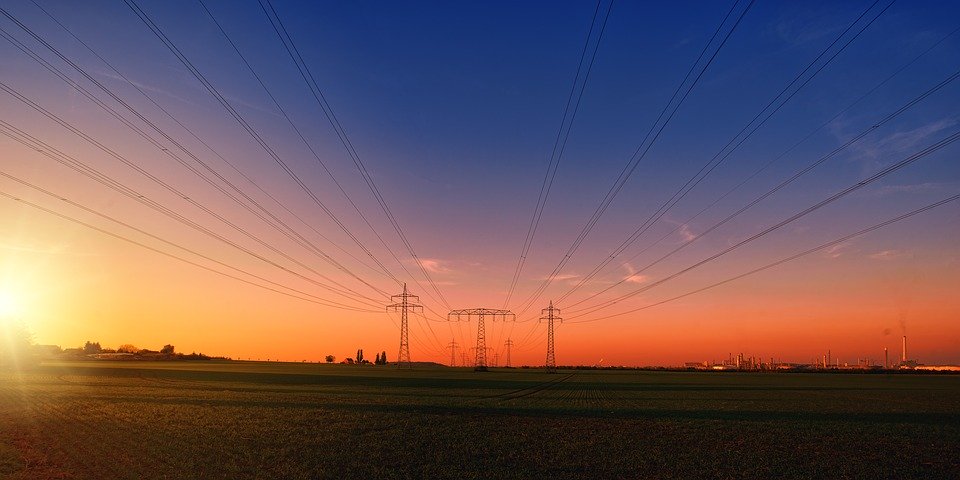
The energy sector is constantly evolving. New technologies and approaches are constantly emerging, while others are becoming more refined and widespread. To stay ahead of the curve, expert Mike Carroll in Irvine, CA (News - Alert), says keeping up with the latest trends is essential. Here are eight energy trends that are shaping the future.
1. Renewables Are on the Rise
One of the most significant energy trends is the increasing use of renewable energy sources. In 2018, renewables accounted for around 11% of global power generation. This is a substantial increase from just a few years ago, and the trend is only expected to continue. Several factors drive this trend, including falling costs, technological advances, and increasing concerns about climate change.
2. Electric Vehicles Are Gaining Ground
Mike Carroll says another major trend is the rise of electric vehicles (EVs). EVs have been around for many years, but they have only recently started to gain widespread adoption. This is due to several factors, including falling prices, advances in battery technology, and increasing concern about air pollution. EVs are expected to play a significant role in the future of transportation, with some estimates predicting that they could make up as much as 30% of new car sales by 2030.
3. Battery Storage Is Becoming More Important
As renewable energy sources become more prevalent, battery storage becomes increasingly important. This is because renewables often produce electricity at times when demand is low (such as at night or on weekends). Battery storage allows this electricity to be stored and used later when demand increases. This helps to even out the variability of renewable energy sources and makes them more reliable. Battery storage is also becoming cheaper and more efficient as technology improves.
4. The Internet of Things Is Growing Rapidly
The internet of things (IoT) refers to devices connected to the internet and can communicate with each other. This includes everything from smart thermostats to electric cars. The IoT is increasing, with an estimated 20 billion devices expected to be connected by 2025. The IoT has several implications for the energy sector, including improved efficiency and greater integration of renewables into the grid.
The IoT is also allowing for greater control over energy consumption. For example, some devices can be programmed to use less energy when demand is high or shift usage to times when electricity prices are lower.
5. Distributed Energy Is on the Rise
Distributed energy refers to small-scale power generation near where it will be used (rather than at central power plants). This includes things like rooftop solar panels and small-scale wind turbines. Distributed energy is becoming increasingly popular due to its many benefits, including improved efficiency, lower environmental impacts, and increased resilience during power outages.
6. Microgrids Are Becoming More Commonplace
A microgrid is a small-scale power system that can operate independently from the primary grid (i.e., it can “island” itself). Microgrids are often used to provide backup power during outages or to improve reliability in areas with high levels of renewable penetration (where variability can sometimes cause problems). Microgrids can also help to improve grid resilience during extreme weather events (such as hurricanes).
7. Big Data' Is Transforming The Energy Industry
Mike Carroll says “big data” refers to large data sets that can be analyzed to reveal patterns and trends. The energy industry increasingly uses big data to improve efficiency and decision-making across various areas, from grid operations to customer service.
8. Blockchain Could Revolutionize The Energy Industry
Blockchain is a distributed database that allows for secure online transactions without a central authority (such as a bank). Blockchain has the potential to revolutionize the energy industry by making it easier for consumers and businesses to trade electricity directly with each other.
Blockchain also has the potential to improve energy efficiency by making it easier to track and manage demand-side resources (such as distributed energy sources).
How Can You Take Advantage Of These Trends?
Mike Carroll says there are several ways to take advantage of these trends, depending on your needs and goals. For example, investing in an EV or installing solar panels could be a great option if you're interested in reducing your environmental impact. If you’re looking for improved efficiency and lower costs, using big data or investing in battery storage could be a good option. Finally, investing in distributed energy or microgrids may be the best option if you're looking to become more resilient during power outages.
Regardless of your choice, it’s essential to keep these trends in mind as they will continue to shape the energy sector in the years to come. Taking advantage of them now could help you save money and reduce your environmental impact in the long run.
These are just a few examples of how blockchain could transform the electricity sector.' However, it's important to note that blockchain is still in its early stages of development, and it remains unclear how widely it will be adopted.' Nevertheless, it's worth keeping an eye on this emerging technology.
